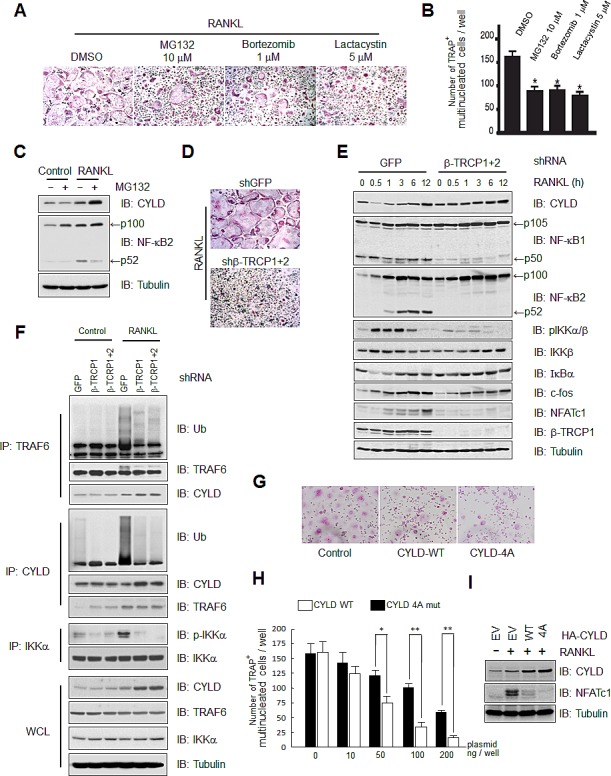Figure 4. β-TRCP regulates osteoclast differentiation in part through modulating CYLD abundance to influence the activation of NF-κB signaling pathway.

(A) Tartrate resistant acid phosphatase (TRAP) positive multinucleated cells differentiated from bone marrow macrophage cells derived from bone marrow cells in the presence of 100 ng/ml RANKL for 3 days, followed by treatments with DMSO (control), MG132 (10 μM), Bortezomib (1 μM) or Lactacystin (5 μM). (B) TRAP positive multinucleated cells in each well of (A) were counted under microscopes. Data represents mean ± SD (n=3, *p<0.001 by Student's t test). (C) IB analysis of WCL derived from bone marrow macrophage cells treated or non-treated with RANKL (100 ng/ml RANKL for 3 days) in the presence or absence of 10 μM MG132, as indicated. (D) TRAP positive multinucleated cells in the control or β-TRCP1 and β-TRCP2 double knockdown bone marrow precursor cell line in the presence of 100 ng/ml RANKL for 12 hours. (E) IB analysis of WCLs derived from the control or β-TRCP1+/2 knockdown bone marrow precursor line in the presence of 100 ng/ml RANKL for the indicated time periods. (F) In vivo ubiquitination assay was performed using RAW264.7 cells infected with shRNA lentiviral vector against GFP, β-TRCP1, and β-TRCP1+2 (shRNA against both β-TRCP1 and 2 isoforms) followed by selection with 1 μg/ml puromycin for 72 hours to eliminate the non-infected cells. Then cells were stimulated with 20 ng/ml RANKL and harvested for IP. (G-I) RAW cells transfected with EV, HA-CYLD-WT, or -4A expression plasmid were treated with 100 ng/ml RANKL for 3 days, and fixed for TRAP staining for osteoclasts (G). TRAP positive multinucleated cells were counted. Data shown are the numbers of TRAP positive multinucleated cells per well of 96 well cell culture plate. Data represents mean ± SD (n=3, *p<0.05, **p<0.001 by Student's t test) (H). IB analysis of WCL derived from the indicated RAW cells was presented in (I).
